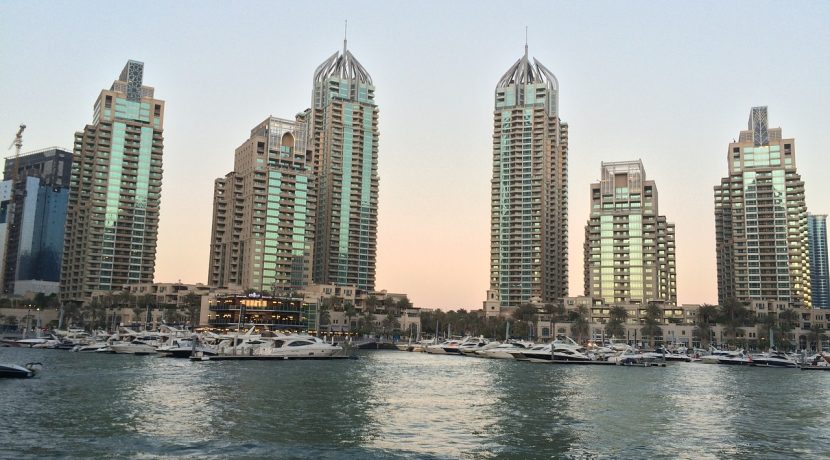Upswings in real estate markets typically spark a construction frenzy causing developers to launch a series of new projects in order to try and capitalise on the surge in demand, as seen in 2002 and 2012. For developers to attract buyers, they typically release off-plan properties at a discount to the ready market. This is to compensate for the risks involved in buying off-plan (i.e. delays, build risk) and the loss of rental income over the duration on the project. However, the flexibility of the payment plans coupled with the developer track record can either increase or decrease the discount.
Off-plan properties are an attractive purchase if the price discount is greater than the loss of rental income during the duration of the project. The evolution of the price curve typically clusters into “investor neutrality” zone, as the market adjusts to reflect prices that are factoring into account the discount rate that is the opportunity cost of rent.
In Dubai, over the last 6 to 12 months, there has been a reversal in price trends as ready properties have begun trading at a discount to their off-plan units. A price analysis reveals that systematically the gap between both segments have widened, making ready properties an attractive purchase.
Taking a closer look at high-end communities such as Dubai Marina and Downtown, we witness that ready properties trade close to a Dh300 per square foot discount to their off-plan counterparts. However, in mid-income communities such as Sports City, the re-allocation of money flows has already started to manifest itself in the form of prices moving higher. In the case of Jumeirah Village Circle, this has not transpired yet, nevertheless this pattern is expected to replicate itself in community after community, regardless of whether it is mid-income or not, but rather is a function of the gap in prices between ready and off-plan.
It is in fact this gap that has led to a tapering in off-plan transactional activity despite the surfeit of incentives and has started to lead to a revival of ready transactions as investors start to re-allocate. Since Q3 2017 till date, ready transactions have risen by 20 to 25 per cent, while off-plan transactions have fallen by 30 to 35 per cent. Whereas in previous quarters, off-plan sales dominated the market landscape, accounting for 60 to 70 per cent of all sales.
In a city that is rapidly urbanising, most activity is expected to be in the off-plan segment. However, as the city matures, in “microstructure” markets, (each community), the gap between ready and off-plan prices becomes one of paramount importance in determining asset allocations. Despite the incentives offered in the off-plan space, investors will gravitate to areas where there is a relative price advantage. This “arbitrage” effect is the overriding factor as investors continue to switch from primary to secondary markets.
As the market has become more value-driven, the variable that finally has come to the fore has been one of price. Investors and end-users will continue to pursue deals where there is price advantage, regardless of whether it is in the off-plan or the ready space.
All rights reserved to the initial publisher for Khhaleej Times
Collected and published by Arms &McGregor International Realty® editorial team. Get in touch with us at [email protected]

